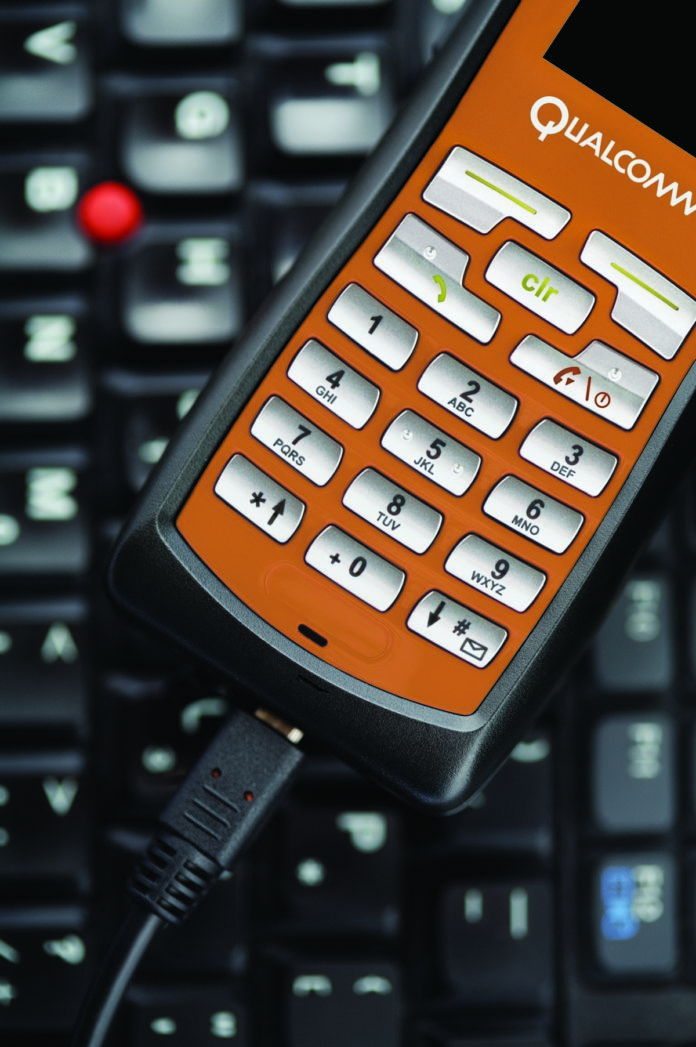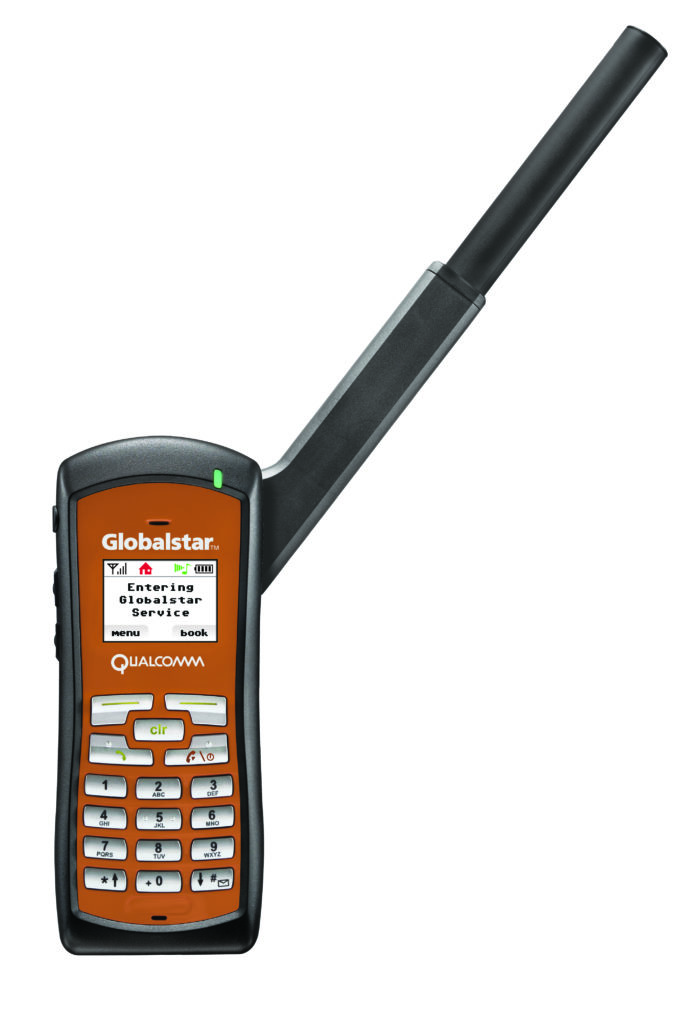
Let’s be clear, most of us depend greatly on our smartphones nowadays for near-instantaneous communication while we’re on the go. We hardly ever leave home without checking to ensure we have it in our pocket or bag, and if we do happen to leave it behind, we often feel exposed—even vulnerable—and a wave of panic can wash over us.
Smartphones have undoubtedly enabled us to feel connected and secure during our everyday activities, even during fishing excursions if we are within range of a cell tower to “get a signal.” But what happens on those 100-plus-mile trips to the canyons, well beyond cell coverage, or when we’re on a large lake many miles from the nearest tower?
In such cases, a mobile phone is essentially useless. If you’re out on the ocean, you might (and should) have a fixed-mount, 25-watt VHF radio onboard, but VHF transmission and reception also have range restrictions, and you can’t rely on reaching the Coast Guard if you’re over 10 or 15 miles out.
A viable alternative is a personal GPS locator beacon, or PLB. These compact, pocket-sized gadgets enable you to text or dispatch an emergency signal that alerts responders to start searching for you. That’s adequate for its purpose but won’t permit you to have actual conversations.
EXCELLENT SAFETY ALTERNATIVE
In my opinion, the best option for situations lacking cell service is a mobile satellite phone. Roughly the size and weight of a small cordless phone found in most homes, a satellite phone utilizes satellites instead of cell towers to transmit and receive signals.
A few years ago, satellite phones were somewhat unreliable during emergencies, often requiring a wait for the correct satellite to come into range to capture your signal. Thankfully, this has changed, as the improved services now have enough satellites in orbit to secure your signal 24/7 in almost all parts of the U.S. and even beyond. Signal acquisition has become very swift, which is tremendously beneficial when you need to communicate or request assistance quickly.
I’ve kept a satellite phone on my 28-foot Whitewater center console since 2012, and my initial phone functioned adequately. It sometimes required a minute or longer to obtain a signal, and there was often an annoying delay or “echo” of my voice while speaking, but aside from that, it was pretty reliable. I’ve utilized it 40 miles offshore and in the woods of Northern Maine, and it performed as needed.
GLOBALSTAR GSP-1700 PHONE EXCELS
Recently, I was able to test a Globalstar GSP-1700 handheld satellite phone. It’s a very compact, lightweight device (7 ounces) that fits easily in my pocket, and it’s user-friendly. All you do is extend the plastic antenna, press the power button, and wait for the illuminated display to indicate a successful signal acquisition. Then simply dial 1, the area code, and the desired number, followed by pressing the “send” button. It usually connects within 10 seconds.

Globalstar GSP-1700 handheld satellite phone
I assessed the signal acquisition time in various locations, and here are the findings: 40 miles offshore in the Gulf of Maine, 3 seconds; across coastal waters near shore, 3 seconds; inland 10-acre pond, 3 seconds; harbor waters, 3 seconds; and my driveway, 16 seconds. My driveway is surrounded by tall trees and my garage, which likely hindered quicker acquisition, yet my previous satellite phone took 58 seconds in that same area. The more open the environment from where you’re calling, the better the signal.
The voice clarity with the GSP-1700 is exceptionally clear, and I have not encountered any delay or echo. The signal travels up to one of their satellites, and from there down to an antenna and into the conventional landline phone system, whether hard-wired or cellular. You can contact anyone available on your home or cell phone (including 911), using a satellite phone, and vice versa. The rechargeable lithium-ion battery provides 36 hours of standby time or four hours of talk time.
Drawbacks? You just need to keep in mind that a satellite phone requires a clear view of the sky to function. It will not operate inside buildings, vehicles, or in a boat’s cabin or under a T-top unless you employ one of the optional remote hard-wired antennas. Other accessories available include a 12-volt charger (it comes with an AC charger), several protective cases, a headset, and an additional battery.
COST OF PHONE AND SERVICE PLAN OPTIONS
You can acquire a refurbished Globalstar GSP-1700 directly from the company for just $399, which is a great price since many new satellite phones can cost $1,000 or more. Several Globalstar airtime plans are available for 2019, the most basic of which is the Orbit 100, priced at $64.99 per month. This plan provides you with 100 minutes of talk time each month, with additional minutes costing $0.99 each. Other plans afford more airtime monthly, priced accordingly. To obtain more information or to purchase a phone and service, visit www.globalstar.com.
If you travel more than a few miles offshore, the GSP-1700 mobile satellite phone can offer safety and reassurance that a cell phone simply cannot provide. I was so impressed that I purchased one to replace my original satellite phone and keep it in a waterproof plastic “ammo box” on my boat, ready to use at a moment’s notice.